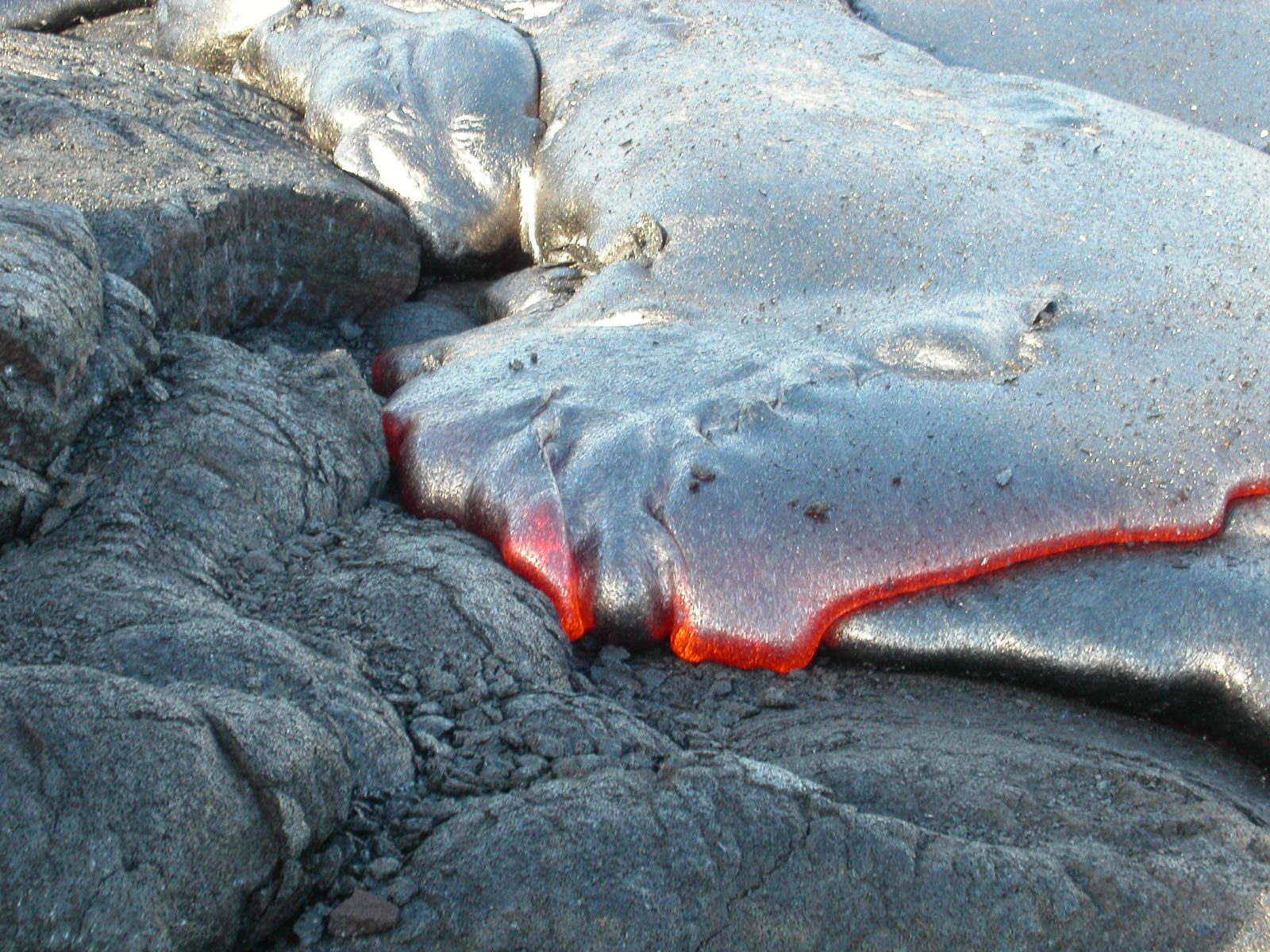It looks like a giant bowling pin.
NASA's New Horizons spacecraft has sent back its closest view of the most distant world humanity has ever visited,Taste of a Married Woman Ultima Thule, a snapshot taken on December 31. From half a million miles out, Ultima still appears fuzzy, but the irregularly-shaped object is becoming increasingly clear.
The day prior, New Year's Eve, Ultima was just comprised of a few pixels -- so this is a notable improvement.
"Even though it’s a pixelated blob still, it's a better pixelated blob," New Horizons project scientist Hal Weaver said Tuesday at mission headquarters, located at Maryland's Johns Hopkins Applied Physics Laboratory.
Scientists estimate that Ultima is about 22 miles long by 9 miles wide (35 by 15 kilometers). It's spinning through space -- from our perspective -- like a propeller blade, Weaver said.
 Original image has been replaced. Credit: Mashable
Original image has been replaced. Credit: Mashable New Horizons, however, has already successfully flown just 2,200 miles from Ultima's surface, precisely at 12:33 a.m. ET on January 1, 2019. Data from these close-up images are now traveling through the solar system, so the fuzzy "blob" will get profoundly detailed over the coming days, revealing the surface of this distant world.
Scientists at New Horizons' headquarters are abuzz: Successful mission updates, which show the craft is safe and operating well, have been met with roaring cheers and standing ovations.
SEE ALSO: 2018 takes the podium as one of the hottest years on record. Let’s look deeper.And for good reason. Ultima lies in a far-off group of objects, called the Kuiper Belt, that ring the solar system. Temperatures here approach absolute zero (minus 460 degrees Fahrenheit), which is as cold as it gets. Scientists suspect that these ancient objects have been preserved in relatively pristine condition since the beginnings of the still-forming solar system, some 4 billion years ago.
Seeing Ultima, then, is like witnessing our solar system origins, long before the first life even evolved on Earth.
This Tweet is currently unavailable. It might be loading or has been removed.
"The Kuiper Belt is just a scientific wonderland,” Alan Stern, principal investigator of the New Horizons mission, said on Sunday.
From the latest image, it still remains unclear if Ultima is actually two objects that are closely orbiting one another, or a single mass. But as of Tuesday morning, New Horizons scientists were betting on a single object.
"My money is on the single body," said Weaver.
We'll soon find out.
(Editor: {typename type="name"/})
 Scientists find supercolony of penguins on the remote Danger Islands
Scientists find supercolony of penguins on the remote Danger Islands
 'The Real Housewives of Salt Lake City' once again has the internet in an uproar
'The Real Housewives of Salt Lake City' once again has the internet in an uproar
 Daters need to stop obsessing over height
Daters need to stop obsessing over height
 Galaxy S24 Ultra vs. iPhone 15 Pro Max blind photo test: I asked 10 iPhone users which they prefer
Galaxy S24 Ultra vs. iPhone 15 Pro Max blind photo test: I asked 10 iPhone users which they prefer
 Best Amazon Fire TV Cube deal: Save $30 at Amazon
Best Amazon Fire TV Cube deal: Save $30 at Amazon
Best robot vacuum deal: Eufy Omni C20 robot vacuum and mop $300 off at Amazon
 SAVE $300: As of April 16, get the Eufy Omni C20 robot vacuum and mop for $399.99, down from its usu
...[Details]
SAVE $300: As of April 16, get the Eufy Omni C20 robot vacuum and mop for $399.99, down from its usu
...[Details]
Wordle today: The answer and hints for January 25
 Can't get enough of Wordle? Try Mashable's free version now O
...[Details]
Can't get enough of Wordle? Try Mashable's free version now O
...[Details]
Daters need to stop obsessing over height
 This article contains spoilers for Materialists.When the internet discovered that Tinder was testing
...[Details]
This article contains spoilers for Materialists.When the internet discovered that Tinder was testing
...[Details]
Jay Duplass talks Hades' big introduction to 'Percy Jackson and the Olympians'
 For Jay Duplass and his family, Tuesday nights are reserved for Percy Jackson and the Olympians.Righ
...[Details]
For Jay Duplass and his family, Tuesday nights are reserved for Percy Jackson and the Olympians.Righ
...[Details]
The State of PC Gaming in 2016
Apple Car may be coming much, much later than we hoped
 There's no other non-existing product we've heard more rumors about than the Apple Car. In 2016, fol
...[Details]
There's no other non-existing product we've heard more rumors about than the Apple Car. In 2016, fol
...[Details]
Mountains Hidden by Clouds: A Conversation with Anuradha Roy by Pankaj Mishra
 Mountains Hidden by Clouds: A Conversation with Anuradha RoyBy Pankaj MishraAugust 16, 2022At WorkAn
...[Details]
Mountains Hidden by Clouds: A Conversation with Anuradha RoyBy Pankaj MishraAugust 16, 2022At WorkAn
...[Details]
Jon Stewart returns to 'The Daily Show' as Monday night host
 While standing onstage to accept The Daily Show's 2024 Emmy for Best Writing for a Variety Series, c
...[Details]
While standing onstage to accept The Daily Show's 2024 Emmy for Best Writing for a Variety Series, c
...[Details]
Testing Windows 10 Performance Before and After the Meltdown Flaw Emergency Patch
On Cary Grant, Darryl Pinckney, and Whit Stillman by The Paris Review
 On Cary Grant, Darryl Pinckney, and Whit StillmanBy The Paris ReviewSeptember 2, 2022The Review’s Re
...[Details]
On Cary Grant, Darryl Pinckney, and Whit StillmanBy The Paris ReviewSeptember 2, 2022The Review’s Re
...[Details]
Sunday's Fat Bear Week match pits two fat favorites against each other

On Prince, Volcanologists, and Forsythe’s Ballets by The Paris Review

接受PR>=1、BR>=1,流量相当,内容相关类链接。